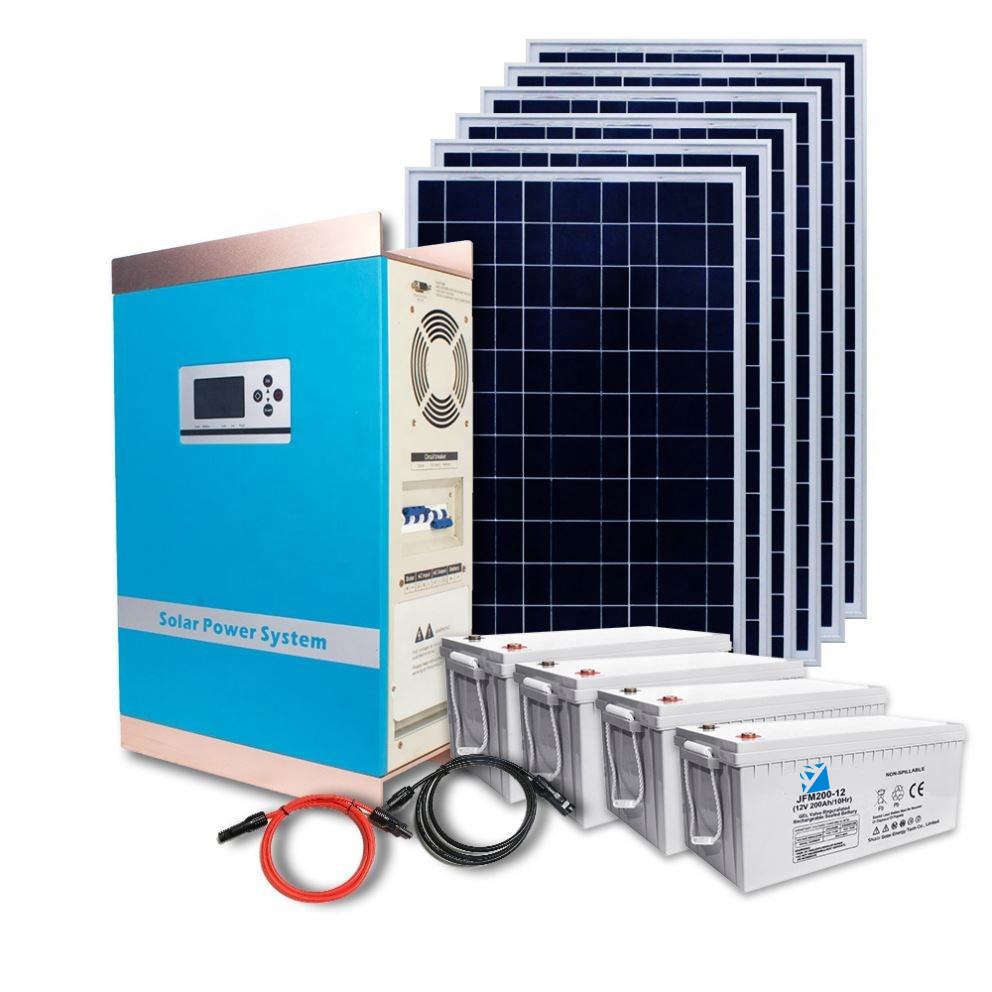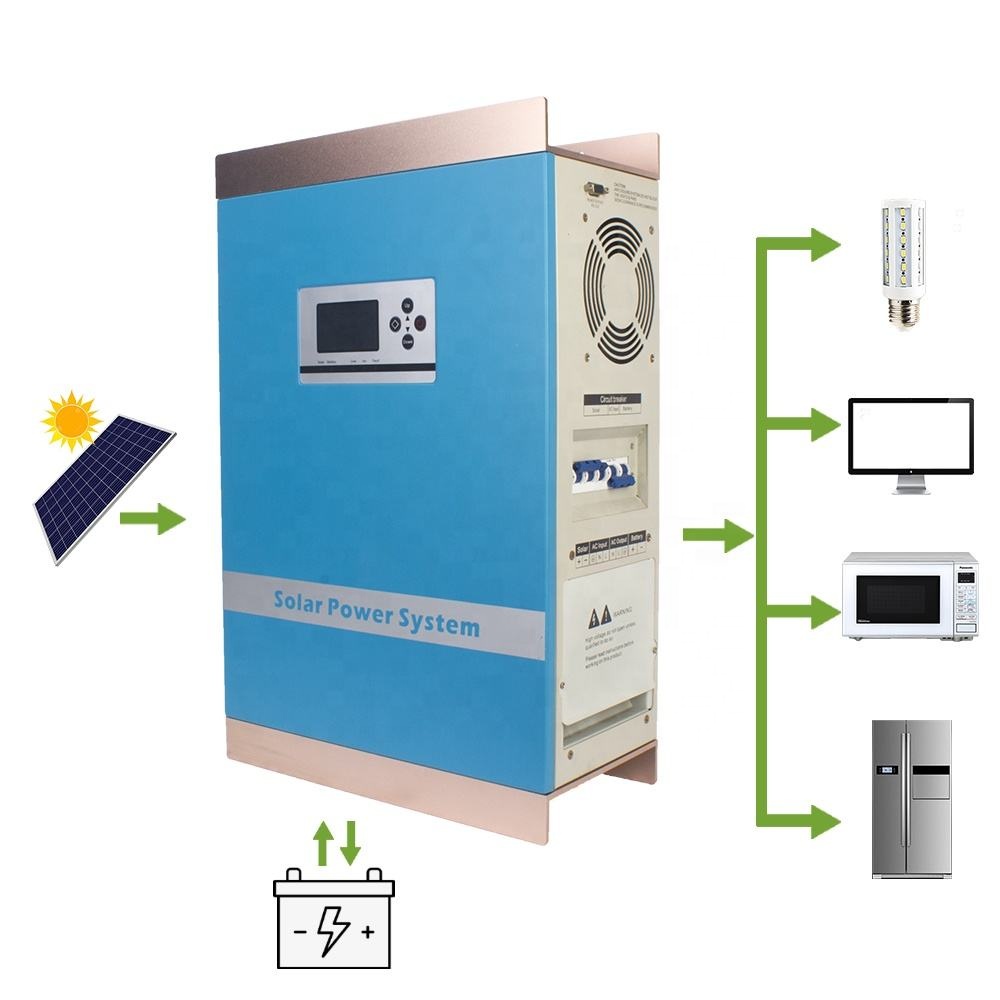Human tumor necrosis factor beta (TNF-β)
Elisa
Kit
Operating Instructions
This kit is for research use only and not intended for human or animal diagnostic purposes. It is designed to detect the level of human tumor necrosis factor beta (TNF-β) in various biological samples using a sensitive and specific immunoassay method.
Experimental Principle
The ELISA Kit utilizes a sandwich immunoassay technique. The microwell plate is pre-coated with a specific antibody against TNF-β. After adding the sample, the target antigen binds to the immobilized antibody. A second enzyme-labeled antibody then binds to the captured antigen, forming a complex. Following a washing step, a substrate solution (TMB) is added, and the reaction is stopped with an acidic solution. The intensity of the color developed is directly proportional to the concentration of TNF-β in the sample. The optical density (OD) at 450 nm is measured using a microplate reader, and the concentration is calculated based on a standard curve.
Kit Composition
- 130× Washing Solution: 20ml × 1 bottle
- Stop Solution: 6ml × 1 bottle
- Enzyme Standard Reagent: 6ml × 1 bottle
- Standard (640ng/L): 0.5ml × 1 bottle
- Enzyme Labeled Coating Plate: 12 wells × 8
- Sample Diluent: 6ml × 1 bottle
- Color Development Agent A: 6ml × 1 bottle
- Color Development Agent B: 6ml × 1 bottle
- Standard Dilutions: 1.5ml × 1 bottle
- Instructions: 1 copy
- Sealing Film: 2 sheets
- Sealed Bag: 1
Sample Requirements
1. Samples should be processed and tested as soon as possible after collection. If immediate testing is not possible, store at -20°C and avoid repeated freezing and thawing.
2. Avoid using samples containing NaN3, as it may inhibit the activity of horseradish peroxidase (HRP), which is essential for the color development process.
Procedure
- Standard Dilution: Prepare a series of standards by diluting the original standard according to the provided instructions.
- Loading: Add 50 μl of standard or sample diluent to each well, followed by 10 μl of the sample (final dilution: 5x).
- Incubation: Seal the plate and incubate at 37°C for 30 minutes.
- Washing: Wash the plate 5 times with diluted washing buffer to remove unbound reagents.
- Add Enzyme: Add 50 μl of enzyme-labeled reagent to each well except blank wells.
- Incubation: Repeat incubation at 37°C for 30 minutes.
- Color Development: Add 50 μl of TMB substrate to each well and incubate at 37°C for 15 minutes.
- Stop Reaction: Add 50 μl of stop solution to each well to terminate the reaction.
- Measurement: Read the absorbance at 450 nm within 15 minutes using a microplate reader.
Calculation
Plot the OD values of the standards against their concentrations to create a standard curve. Use this curve to determine the concentration of TNF-β in the unknown samples. Multiply the result by the dilution factor to obtain the actual concentration.
Precautions
- Allow the kit to reach room temperature before use. Store unused enzyme-labeled reagents in a sealed bag.
- If the washing solution crystallizes, warm it gently in a water bath before use.
- Use a pipette for accurate measurements. For large numbers of samples, consider using an automated dispenser.
- Always prepare a standard curve and run duplicates for accuracy. If the sample OD exceeds that of the highest standard, dilute the sample before testing.
- Use a new sealing film for each experiment to prevent cross-contamination.
- Keep the substrate away from light to maintain its stability.
- Follow all instructions carefully and verify results using a microplate reader.
- Treat all waste materials as biohazardous.
- Do not mix reagents from different batches.
Storage and Shelf Life
- Store the kit at 2–8°C.
- Shelf life: 6 months from the date of manufacture.
1KW-6KW Hybrid Inverter (with PWM Charge)


1KW-6KW PWM Hybrid Inverter,Lithium Battery Solar Inverter,AC 220V Solar Hybrid Inverter
suzhou whaylan new energy technology co., ltd , https://www.xinlingvideo.com